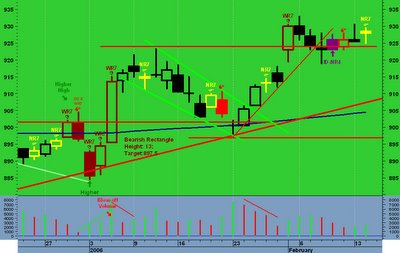The story was about Dietrich Mateschitz The story was about Dietrich Mateschitz. I didn't recognize his name either, but reading further I recognized what he'd built.
Have you seen the energy drink 'Red Bull' that's been a huge hit in the U.S. and worldwide over the last 5 or so years? That's' what he started and now he's worth a whopping 2 BILLIION dollars.
But here's what important:
I want to share with you 3 success insights that I isolated in his remarkable success story that YOU can use in your life and business starting today. You ready?
1) Taking the Long-Term View - So many people act on an idea, do it for a month, it doesn't 'work', so they go on to another idea, it doesn't 'work' and they repeat this vicious cycle for most of their adult lives.
Immediate gratification is the desire of too many people. I know this as much as anyone because I'd been very guilty of this myself years go. Let me quote from the article:
"For the next 3 years Mateschitz tinkered with the drink formula and developed a marketing strategy."
Mateschitz and all GREAT entrepreneurs take a LONG-TERM VIEW, not a week- or month-long view. They realize great things take time to evolve, to build. They realize they need to make a ton of mistakes in order to discover what works.
So many of us have had million dollar ideas and we gave up on them MUCH too soon. Look at your idea over a 1-year view, 3-year view, or even more. It will give you the 'room' you need to grow yourself and your business.
We all need to earn the right to be rich and that takes place through persistence, patience, and action.
2) Ignore the Naysayers - There are times to listen to 'focus groups' and times not to; and Mateschitz is really glad he didn't listen. From the article:
"Before launching, Mateschitz hired a market research firm to test Red Bull's acceptance. The result was a catastrophe. People didn't believe the taste, the logo, the brand name...I never experienced such a disaster."
Did Mateschitz believe in his idea 100%? You bet he did.
There's a time to 'hear' your market and there's a time to go for it. Mateschitz was 100% correct in his heart and his decision.
3) Singles and Doubles - I used to go for 'homeruns' and millions before I ever made hundreds and thousands; most people fall into this trap also.
One of the big things that changed my life was making my goals smaller and celebrating those small steps and victories. We all know you need to make $500 and $5,000 before you can make $50,000 and $1,000,000, but sometimes people forget this.
Mateschitz sells 2 billion cans of Red Bull now a year. But look how he got that. It was with singles and doubles.
First year can sales: 1 million. Second year can sales: 2 million. Singles and then more singles.
Step by step. Can by can.
This is how ALL success happens. Ask yourself:
What is the next simple step I could take TODAY to move my life and/or business forward?
Mateschitz took the long-term view and UNDERSTOOD that you sell a billion cans ONE can at a time. There are many simple lessons to be learned from billionaire Dietrich Mateschitz.
Pick ONE of the 3 above and start using it TODAY. You see, there's always a CONSTANT, there's always something that must happen before you can move to the next level.




